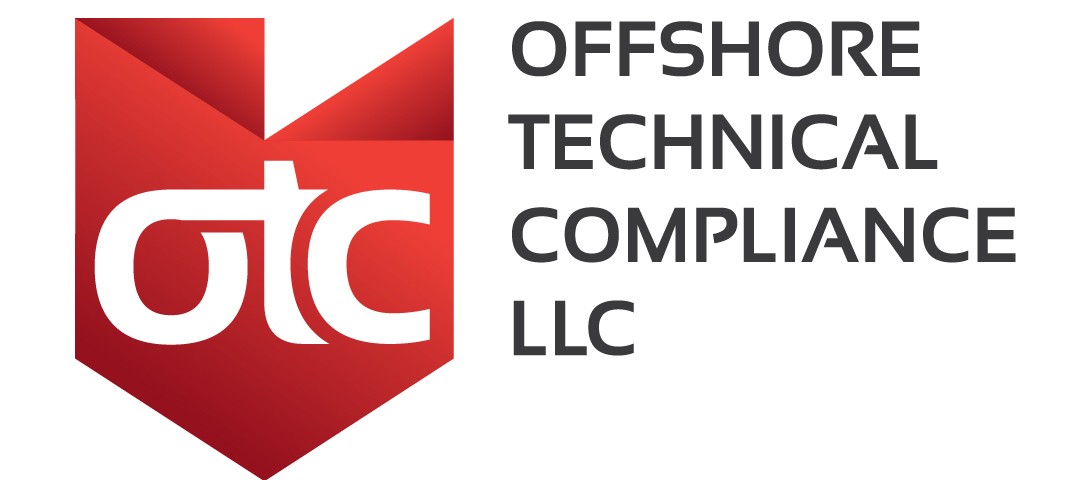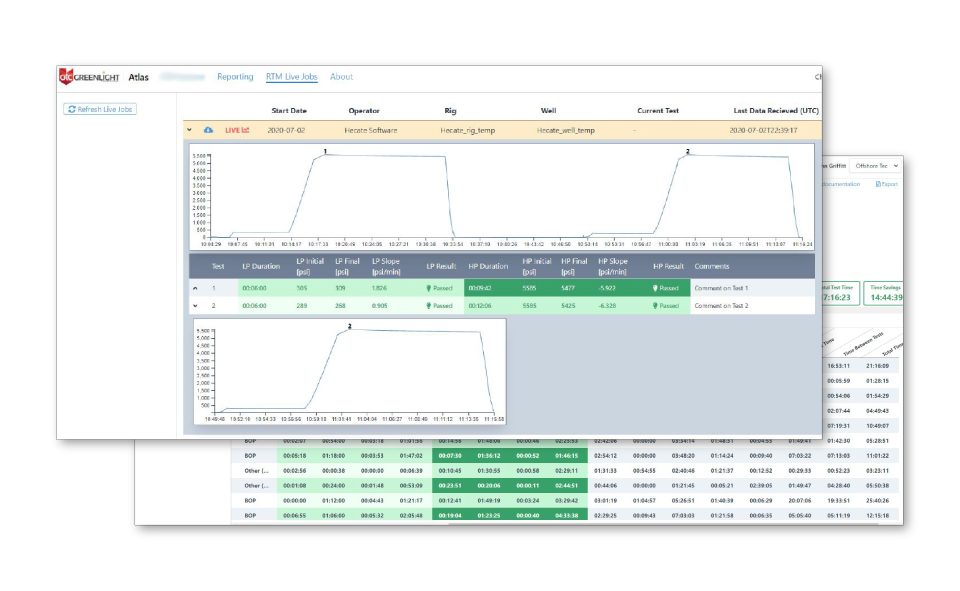- Have any questions?
- +985-727-7400
Preventing Corrosion

External Visual Inspection for Pressure Vessels
October 31, 2016
External Tank Visual Inspection Criteria
December 21, 2016
Corrosion is a concern at every stage in the life of an oil and gas operation. As most oil and gas operations include the presence of water, it is no wonder that the corrosion of metals is an ever-present factor to be managed. Add in age of equipment and potential complications from corrosive chemicals and an operator could face costly situations if corrosion is not kept in check and mitigated.
The annual cost of corrosion in the oil and gas production sector alone is approximately $1.372 billion – including $589 million in surface pipeline and facility costs, $463 million in downhole tubing expenses and $320 million in capital expenditures related to corrosion, according to NACE International.
Prevention is Key
If you find you are already dealing with a major corrosion issue, there are several ways to mitigate the situation including coating, corrosion inhibitors and cathodic protection to name a few. But, prevention can stop a problem before it starts.
“Based on experience in a high moisture, offshore environment, an estimated two-thirds of pressure vessel, tank and piping repairs are due to external corrosion,” said Nere’ Mabile, Integrity Management Engineer with Offshore Technical Compliance. “Corrosion problems may not be critical when first identified, but a good working knowledge of visual inspections and administration of an effective program will help prevent unnecessary damage. And, a successful program should include a competent and recurrent visual inspection by trained inspectors.”
Inspection and Surveillance Solution
Offshore Technical Compliance inspectors have applied their years of field work and experience with corrosion and erosion problems and created a unique solution for the oil and gas industry – a cost-effective corrosion and erosion inspection and surveillance program. Click to learn more about OTC’s Corrosion and Erosion Surveillance Process.
OTC’s corrosion and erosion inspection and surveillance program focuses on management and prevention by performing a thorough mechanical integrity inspection and documenting metal loss.
“Arming operators with actual data and an analysis of what is actually happening within the operation or facility allows maintenance plans to be prioritized based on need instead of standard time and use estimate,” said Mike Bethea, OTC CEO. “If you are an operator with Outer Continental Shelf facilities, OTC can create a secure repository for your corrosion and erosion inspection data for each site to allow effective management of ongoing maintenance.”
OTC’s reporting includes baseline measurements of mechanical integrity for crucial structural and flow areas prone to corrosion and erosion, including a Level 1 inspection data. OTC’s specific and confidential evaluation on a facility can be provided via a secure portal. This documentation can also be used to provide government regulators with a clear picture of a facility’s readiness and structural integrity. Our experienced inspector will also recommend enhanced mechanical integrity inspection procedures that an operator can implement to demonstrate a consistent approach to safety and environmental protection.
Through decades of industry experience, OTC has honed its step-by-step methodology for effective corrosion and erosion surveillance and prevention, starting with a unique plan of action for each project. By gathering engineering drawings and digitizing them, OTC uses this as a road map to guide all ongoing efforts.
Effective Corrosion Management Benefits
The National Association of Corrosion Engineers and industry standards consider corrosion management as key to preventing major troubles for oil and gas projects. Additionally, effective corrosion management can:
- Ensure compliance with quality, safety, health and environmental policies;
- Reduce the potential for leaks;
- Reduce unplanned maintenance expense; and
- Reduce unexpected shutdowns.
Read more on Visual Inspection Criteria for Piping Process Systems.
>> View the graphic showing the steps involved in External Visual Inspection for Pressure Vessels.

